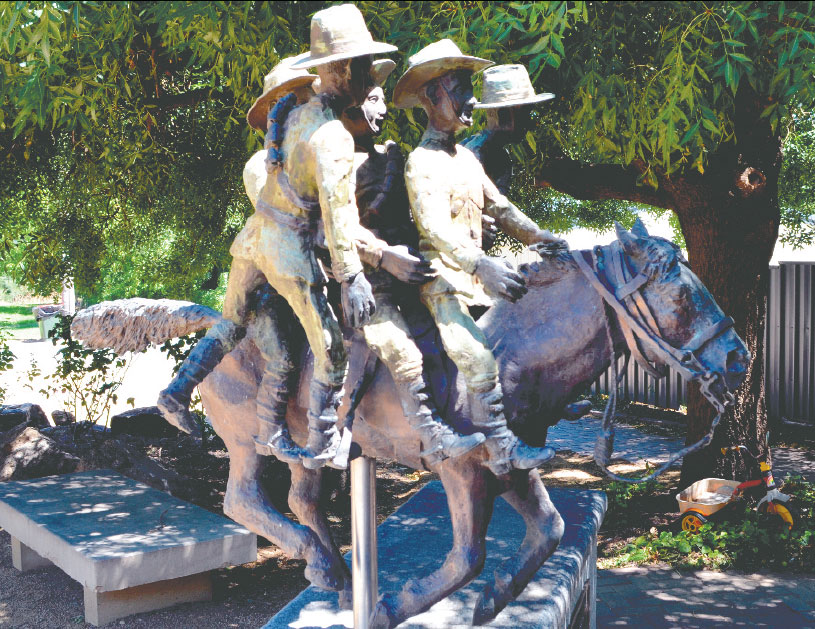Move over Scrabble, Monopoly and Harry Potter, there’s a new game coming to town. “Bill the Bastard” will feature in a boardgame being developed by the company Equus 101.
Whilst ‘horseplay’ is fundamentally frivolous fun, in this case the play on words links to horses instinctively engaging in some ‘horseplay’ every day as part of their mental health routine. Something humans can now enjoy with this adventure game. The game is marketed at the horse industry and anyone interested in horses and history HorsePLAY is being produced on higher than typical stock with gloss premium images, many of which we have been licensed from international galleries, museums, and private art collections. All housed in an elegant and durable plastic game box, with the “take me with you” size and appealing to all ages.
Called a board game (but without the board), it has a timer, notepad, dice, pencil and 430 adventure cards. No board means the game is smaller/more portable and more desirable for the mixed demographic it is aimed at. There are 7 types of cards in the game that span the range of activities of how people like to be entertained. They include: Trivia, Creative (act, sing, mime, draw), Memory, Strategy, Change and Adventure. Each of these 7 card types has a different point value. If you get that card right you keep it.
The winner is the person with the most points at the end of game play time. Players score ‘bonus’ points if their creative talents are judge extraordinary.
A statue sits in Murrumburrah at the Light Horse Memorial of “Bill the Bastard”; history tells us he bucked when asked to gallop. Yet, during World War I, when a Major found four Australians outflanked by the Turks, ‘Bill the Bastard’ carried all five men – three on his back and one on each stirrup – three quarters of a mile (1.21 km) through soft sand at a lumbering gallop.
The Waler combined a variety of breeds, particularly thoroughbred, Arab, the Cape horse (from the Cape of Good Hope), Timor Pony and perhaps a little Clydesdale or Percheron. It was originally considered only a “type” of horse and not a distinct breed; however, bred under the extreme climate and challenging working conditions of Australia, the Waler developed into a hardy horse with great endurance even when under extreme stress from lack of food and water. It was used as a stockman’s horse and prized as a military mount. Walers were also used by bushrangers, troopers and exploration expeditions that traversed inland Australia.
The following poem is an example of how lighthorsemen felt towards their Waler mounts during the First World War:
I don’t think I could stand the thought of my old fancy hack
Just crawling round old Cairo with a ‘Gyppo’ on his back.
Perhaps some English tourist out in Palestine may find,
My broken-hearted Waler with a wooden plough behind.
No: I think I’d better shoot him and tell a little lie:
“He floundered in a wombat hole and then lay down to die.”
Maybe I’ll get court-martialled; but I’m damned if I’m inclined
To go back to Australia and leave my horse behind.
From Australia in Palestine, 1919

